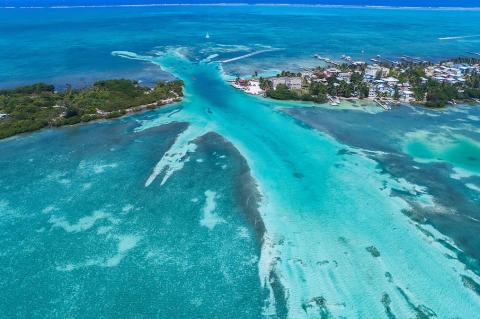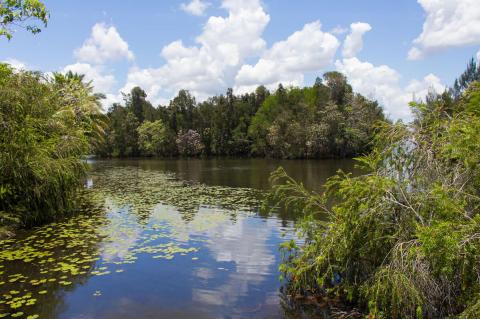Belize Barrier Reef: A Jewel of Ecological Diversity and Conservation
The Belize Barrier Reef, a masterpiece of nature within the Mesoamerican Barrier Reef System, is a cornerstone of the Northern Hemisphere's marine biodiversity. As the second-largest coral reef system globally, it mesmerizes with its intricate ecosystems, rare coastal forests, and unique reef types. Influenced by the rise and fall of sea levels, natural karst topography, and crystal-clear waters, the reef boasts many kinds of reefs and atolls and distinctive features like the renowned Blue Hole and Rocky Point.










